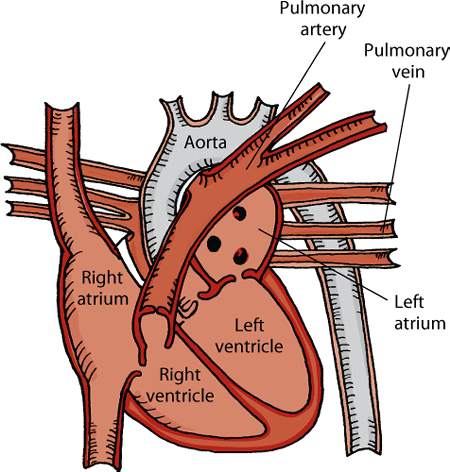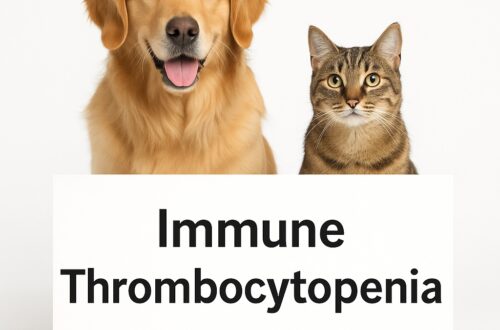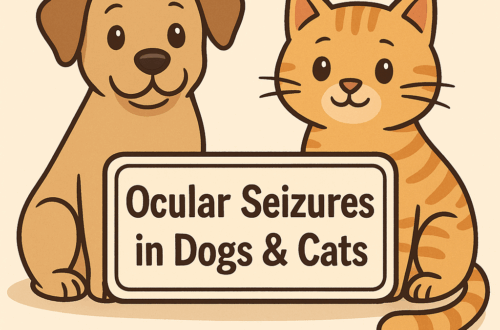As a board-certified veterinary emergency and critical care specialist, I’ve seen my fair share of cats and dogs presented to me because they collapsed. Watching your pet collapse is understandably scary. So, this week I wanted to dedicate some to sharing some information about syncope in cats and dogs, a common cause of collapse. I hope you find the information helpful. Happy reading!
How does blood flow through the body?
The heart is a major pump with a right side and a left side. Each side is divided into two parts: an atrium and a ventricle. The heart generates electrical signals that travel through heart muscle to cause a beautifully coordinated pumping of blood. Blood returns from the body to the heart into the right atrium. Then it flows into the right ventricle where it is pumped to the lungs to be saturated with oxygen. Oxygenated blood returns from the lungs to the heart through the left atrium before passing into the left ventricle. From the left ventricle, the oxygenated blood is pumped out of the heart to the rest of the body.
Blood flows through blood vessels to deliver oxygen to all organs. The pumping activity of heart muscle, as well as the tone in blood vessels, is controlled by a variety of factors, most notably the electrical signaling system in heart muscle, the nervous system, and hormones. A problem with any of the factors may result in syncope.
What is syncope?
Syncope – pronounced sin-co-pee – is loss of consciousness with subsequent collapse caused by a temporary drop in the amount of blood carrying oxygen and other vital nutrients to the brain. Collapse is usually quickly followed by recovery to normal behavior/activity once blood flow to the brain returns to normal. Pets may collapse for other reasons that have nothing to do with altered blood flow to the brain – such causes are called non-syncopal collapse.
It is imperative to definitively determine the reason for a pet’s collapse. Major causes of syncope in cats & dogs are:
- Bradycardia – This is an inappropriately slow heart rate due to abnormal conductance of electrical signals through the heart tissue. There are multiple causes of abnormal electrical conductance in heart tissue.
- Tachycardia – This is an inappropriately elevated heart rate, and may be caused by structural heart disease and/or metabolic disorders.
- Reduced cardiac output (reduced flow of blood out of the heart) – This term describes inappropriately low flow of blood out of the heart to the general circulation
- Increased vagal tone – The vagus nerves helps regulate tension in the walls of blood vessels. When vagal tone is high, the blood vessel wall tension is low. When the vagus nerve is over-stimulated, the body’s blood vessels dilate too much, causing blood pressure to decrease.
- Situational syncope – This term describes syncope associated with profound coughing, hard swallowing, vomiting, or difficulty urinating and/or defecating (think Elvis Presley)
How is syncope diagnosed?
Determine the cause of a pet’s collapse is rarely straightforward. Differentiating syncope from non-syncopal collapse requires a methodical and systematic approach, starting first with a veterinarian thoroughly reviewing a pet’s medical history and performing a complete physical examination.
Pet owners should know cats and dogs may not close their eyes when they are unconscious. As such, many families don’t believe their pet actually loss consciousness because their pet’s eyes never closed. Additionally, pets may lose urinary bladder and/or bowel control with both syncopal episodes and non-syncopal collapse. Please see the table below for some potential helpful distinguishing characteristics between syncope and seizures, one of the most common form of non-syncopal collapse in cats and dogs.
| Syncope | Seizures |
| Relatively motionless while unconscious; legs may flail during recovery | Often have repetitive leg paddling as if swimming |
| Usually brief duration followed by return to normal | Variable duration followed by a period of confusion & anxiety that may last a few hours |
| Brief period of extended/stiff forelimbs | Jaw chopping/chattering activity |
| Short duration (few seconds) | Excessive salivation |
| Often associated with a trigger event | Often occurs at rest or from sleep |
After reviewing a pet’s history and performing a physical examination, veterinarians will recommend performing some diagnostic tests to help them determine the cause of a pet’s syncope. Common tests include:
- Blood pressure
- Pulse oximetry
- Electrocardiography (ECG/EKG)
- Echocardiography (heart ultrasound)
- Chest radiographs (x-rays)
- Holter monitor (ambulatory heart rate & rhythm monitoring over several days)
Your pet’s primary care veterinarian may refer you to a board-certified veterinary cardiologist to help them definitely determine the cause of your pet’s syncope.
How is it treated?
As you might expect, treatment and prognosis for syncope depends on the underlying cause of it. A patient with abnormal electrical conductance in the heart requires different therapeutic interventions compared to those with excessive and/or severe vomiting that induces situational syncope. For that reason, it is of paramount importance to definitively determine the cause of a pet’s syncope. Collaborating with a board-certified veterinary cardiologist and your family veterinarian is strongly recommended.
The take-away message about syncope in pets…
Syncope is a type of collapse characterized by a temporary loss of consciousness because blood flow to the brain was momentarily compromised. Common causes are associated with the heart and nervous. Treatments and prognosis are based on a definitive diagnosis.
To find a board-certified veterinary cardiologist, please visit the American College of Veterinary Internal Medicine.
Wishing you wet-nosed kisses,
CriticalCareDVM








